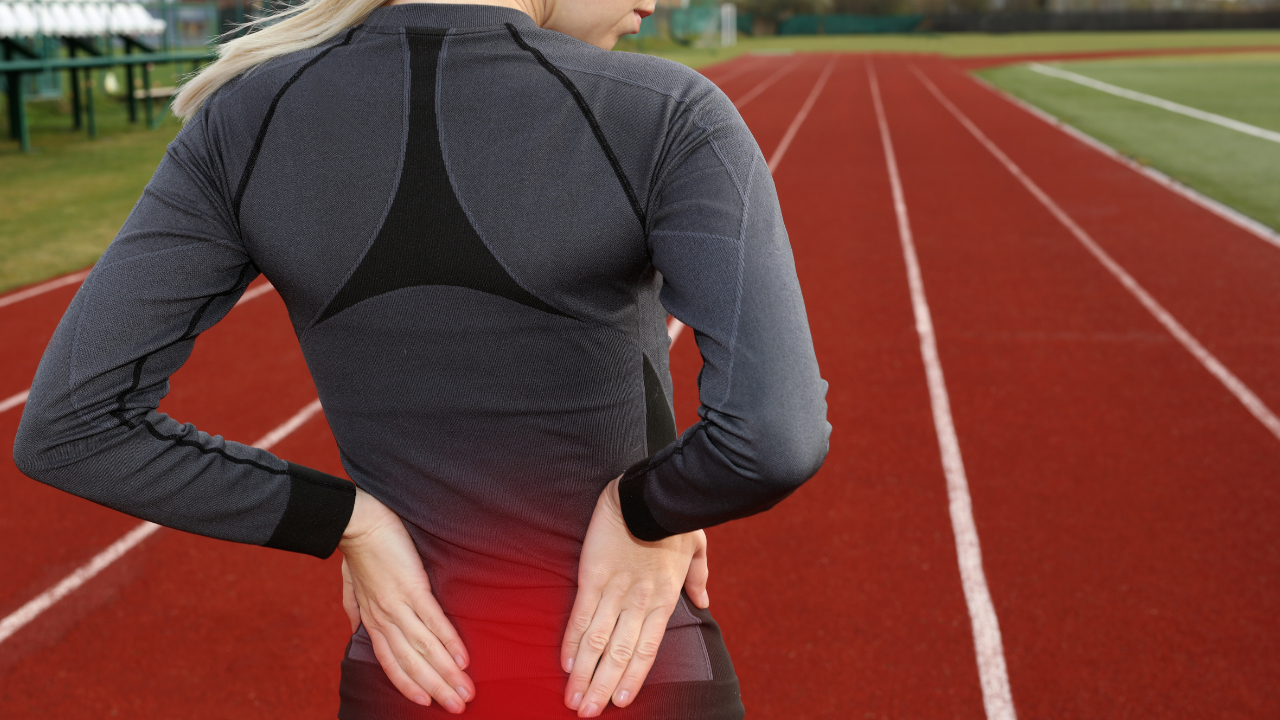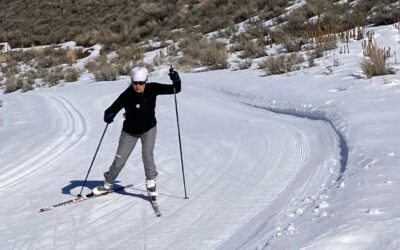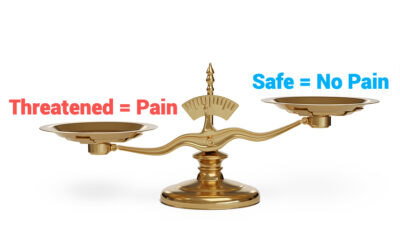Many of my posture alignment clients suffer from painful lower back conditions – sciatica, bulging or herniated discs, SI joint dysfunction, stenosis, etc. Upon examination I find that their hips have restricted movement. The hips and lower back are connected though the pelvis. Your hip muscles attach to the pelvis from below and the lower back muscles attach to the pelvis from above. Tight hips can lead to compensations in the back that can cause pain and injury.
The Stability-Mobility Relationship of the Joints
Your joints are designed to be both stable and mobile. Each joint is dominant in one of these abilities. Joint stability was defined by Fabio Comana at ACE’s Functional Training and Assessment Workshop 2011 as “the ability to maintain or control joint movement or position.” Joint mobility is “the range of uninhibited movement around a joint or body segment.” Stability and mobility of a joint is determined by the interplay of the skeletal, neural and mechanical systems of the body. Neither joint mobility nor stability should ever be compromised for the other.
The stability-mobility relationship model starts at the bottom of our skeleton. The feet which contract the ground need to provide stability for our skeleton above.
Foot = Stability
Above the feet are the ankles which need to flex, extend and move from side to side for us to walk and run.
Ankle = Mobility
The remaining joints are listed below, you’ll observe an alternating pattern of joint stability and mobility as we move up the body towards the head.
Knee = Stability
Hip = Mobility
Lumbar Spine (lower back) = Stability
Thoracic Spine (middle back) = Mobility
Shoulder Blade and Rib Cage = Stability
Shoulder = Mobility
According to the stability-mobility relationship the lower back is designed to be stable and the hips mobile. If, however, the hips are limited in their range of motion the lower back may compromise it’s stability for increased mobility, compensating for stiff hips. This can lead to numerous lower back problems and pain.
Interested in more information about your back pain and improving hip mobility? Contact me for a free 30-minute consultation, 505.412.3132, jessica@thepfathlete.com.



